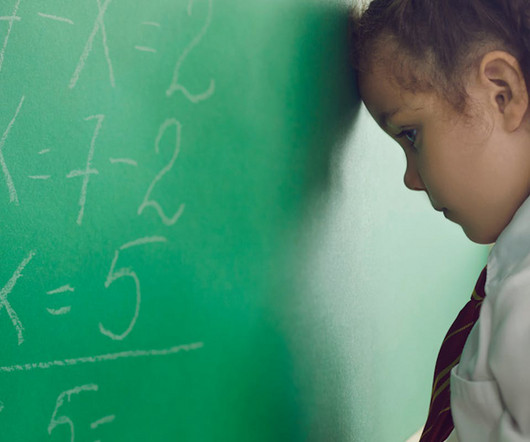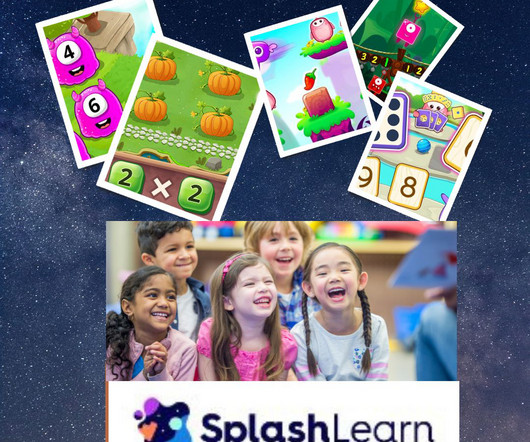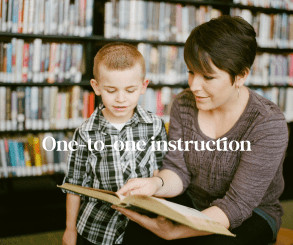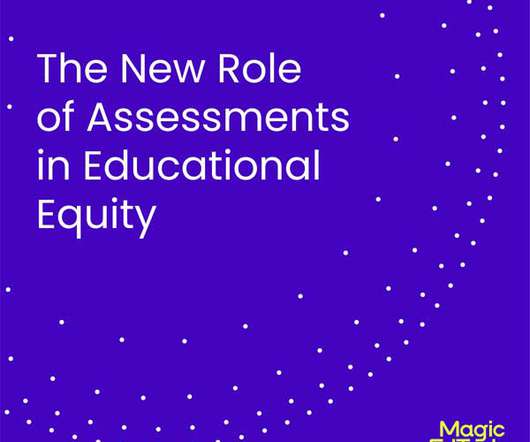To Close the Math Achievement Gap, We Must Recognize What Students Bring to the Classroom
ED Surge
JUNE 9, 2023
Picture the following: A student volunteers to answer a math question in an elementary school classroom. The teacher knows from working with the student previously that although she can easily follow the algorithmic steps of the math problem, she struggles with her reasoning and ability to make sense of the steps she is taking.












Let's personalize your content